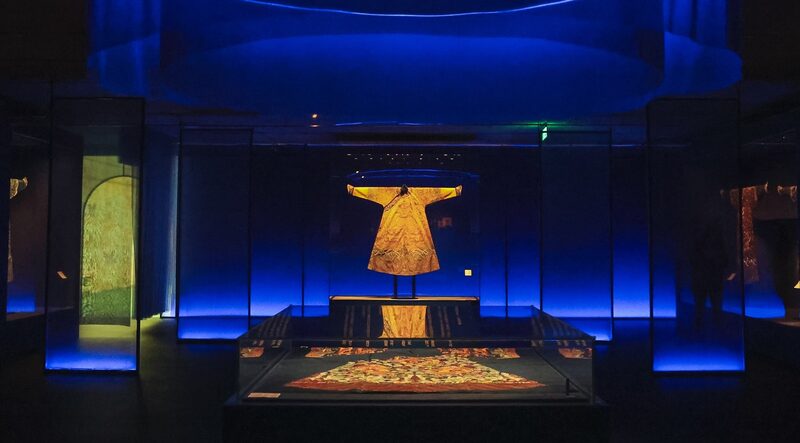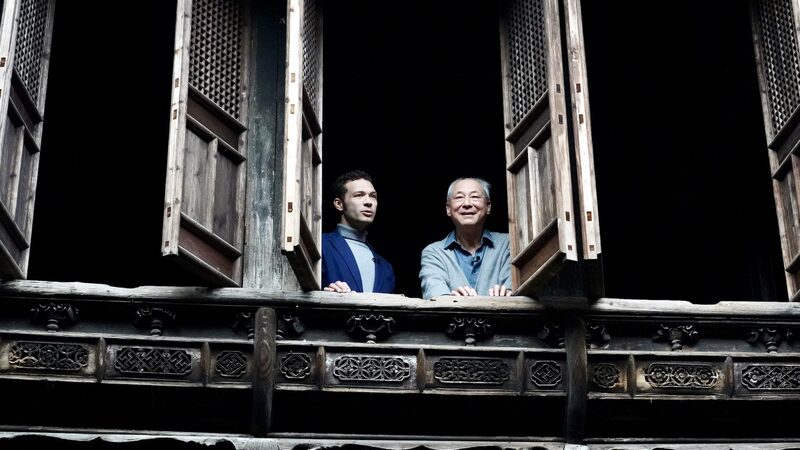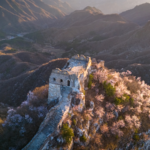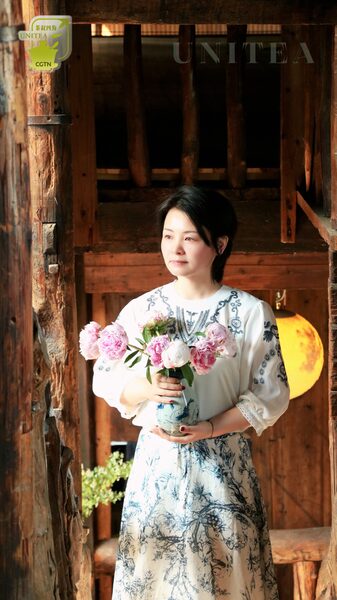Early spring has transformed Fuzhou’s iconic Three Lanes and Seven Alleys into a living canvas of color, with flame vines bursting into vivid orange blooms across the historic district’s white-washed walls and traditional black-tiled roofs. The flowers, resembling flickering flames against classical architecture, have become a magnet for photographers and travelers seeking the perfect fusion of nature and cultural heritage.
Dating back over a century, the UNESCO-recognized neighborhood – a well-preserved example of Ming and Qing dynasty urban planning – is experiencing renewed attention this season. Local residents report increased foot traffic as visitors marvel at how the tubular blossoms accentuate the district’s distinctive "white walls and black tiles" aesthetic, a hallmark of southern Chinese architectural tradition.
Botanists note the flame vines (Pyrostegia venusta) bloom coincides with Fuzhou’s temperate spring climate. Their rapid growth along the neighborhood’s walls demonstrates successful integration of ecological preservation with cultural tourism strategies. Authorities have implemented protective measures to ensure the plants enhance rather than damage historic structures.
For business analysts, the phenomenon highlights growing opportunities in cultural tourism and eco-friendly urban planning across China’s mainland. Meanwhile, diaspora communities have embraced social media posts of the floral displays as nostalgic connections to Fujian’s regional identity.
Reference(s):
cgtn.com







